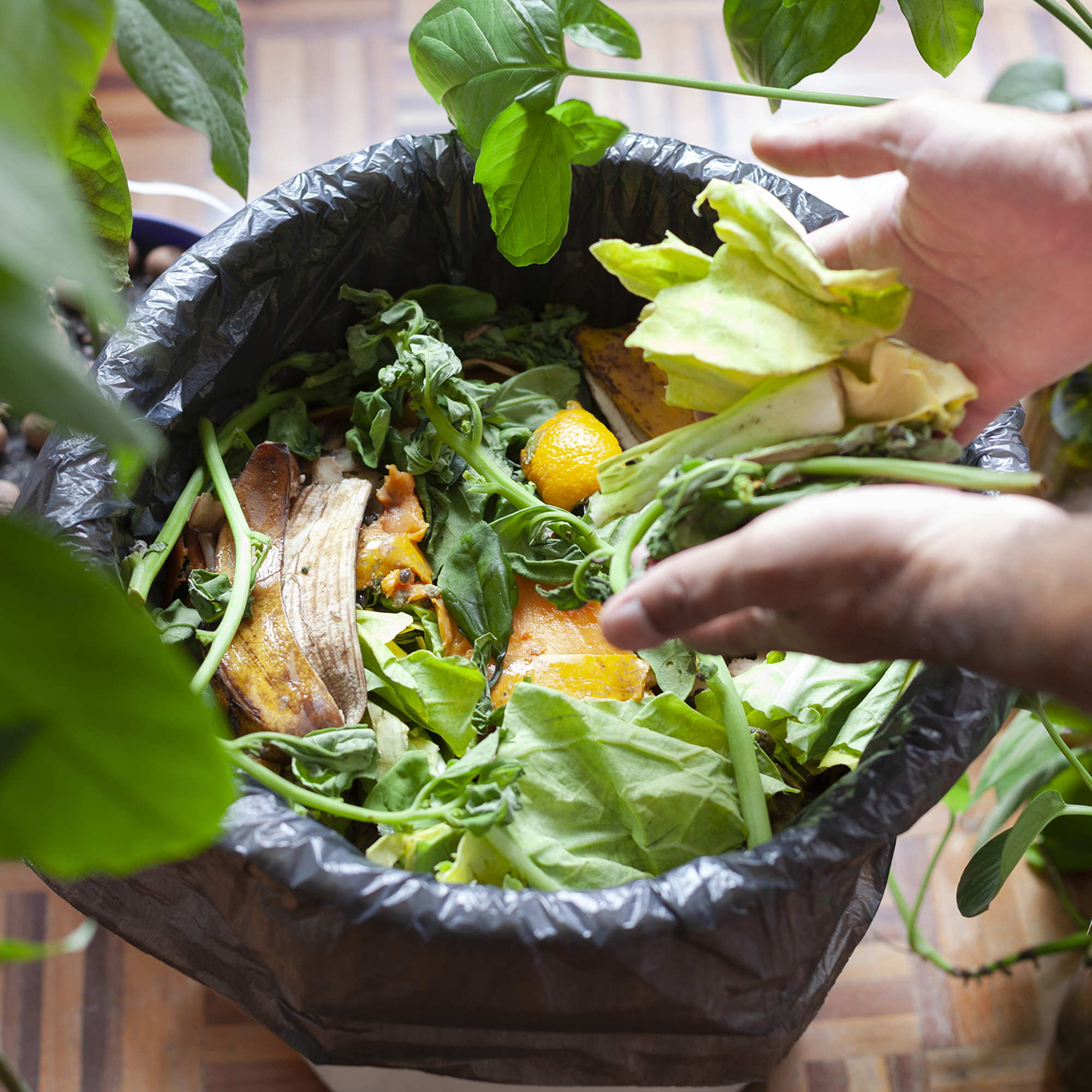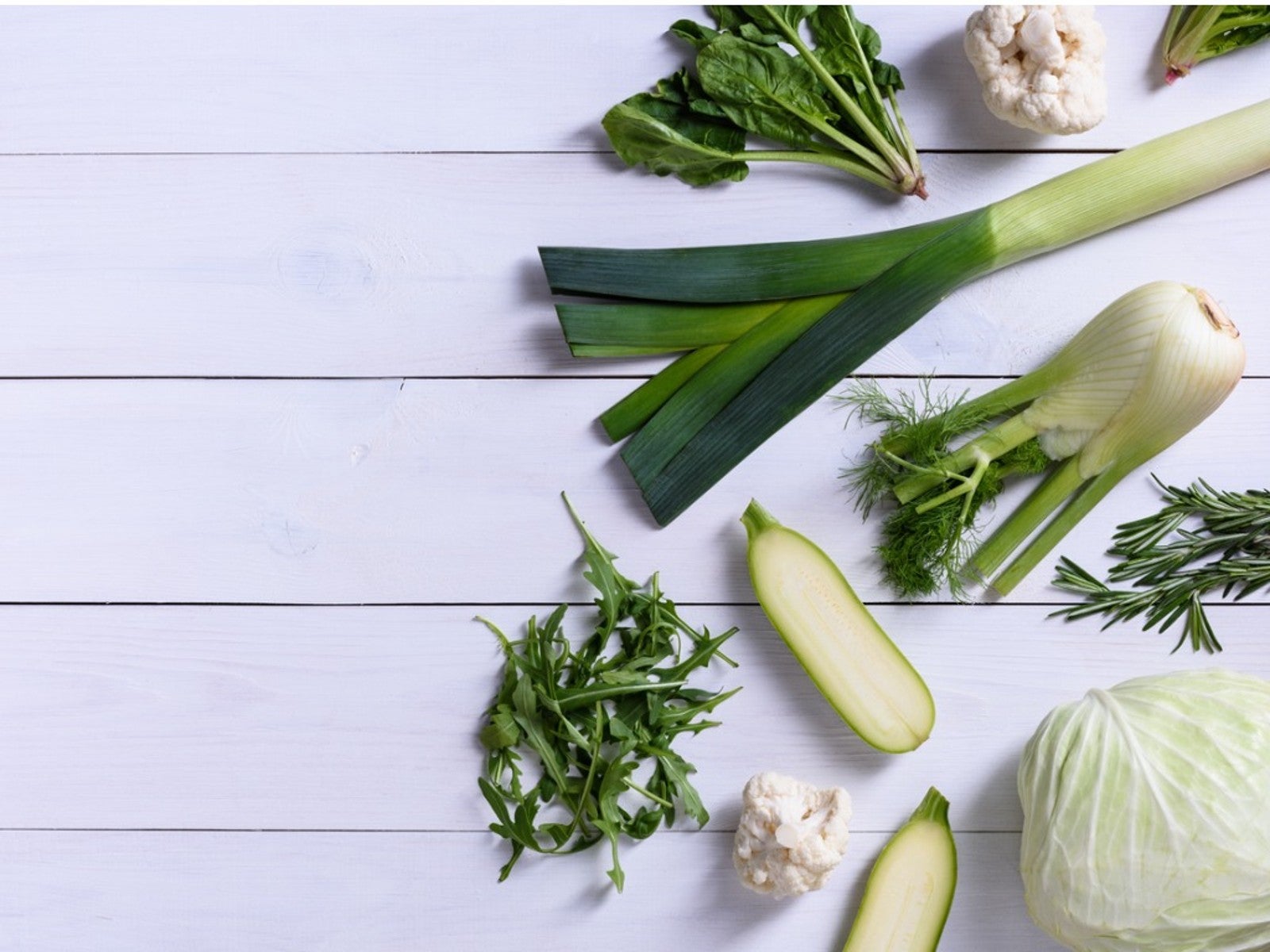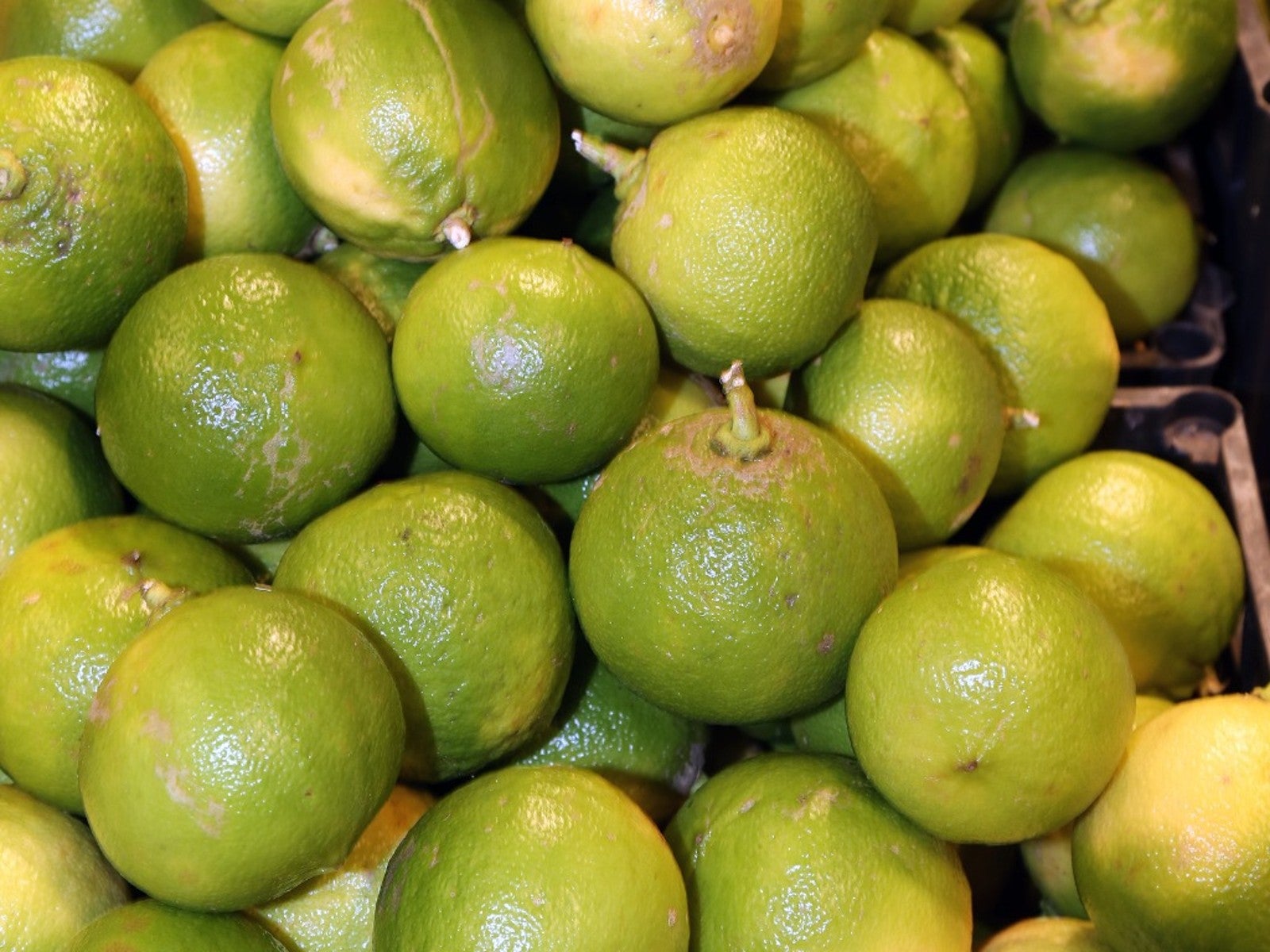Varieties Of Orange Fruit: Learn About Different Types Of Oranges

Can’t start the day without a glass of orange juice? You certainly aren’t alone. Oranges in their many forms-- juice, pulp, and rind-- are sought after fruits throughout the world. Generally speaking, orange juice as we know it in North America comes from navel oranges. However, there are many types of oranges. Just how many orange varieties are there? Let’s find out.
How Many Orange Varieties are There?
The sweet orange (Citrus aurantium var. sinensis) is not to be found in the wild. It is a hybrid, although of which two types there is much conjecture. Most sources seem to settle on the marriage between the pomelo (Citrus maxima) and the mandarin (Citrus reticulata). Confusion surrounds the origin of cultivation as well, but it is assumed to have first been grown in China, northeastern India, and possible southeastern Asia.
Italian traders carried the fruit to the Mediterranean around 1450, or Portuguese traders around 1500. Up to that point, oranges were primarily used for medicinal purposes, but wealthy aristocrats soon seized upon the fragrant, succulent fruit for themselves.
Types of Oranges
There are two basic categories of orange: the sweet orange (C. sinensis) and the bitter orange (C. aurantium).
Sweet orange varieties
Sweet orange is divided into four classes, each with distinct characteristics:
- Common orange – There are many varieties of common orange, and it is widely grown. The most common varieties of common oranges are the Valencia, Hart’s Tardiff Valencia, and the Hamlin, but there are dozens of other types.
- Blood or pigmented orange – The blood orange consists of two types: the light blood orange and the deep blood orange. Blood oranges are a natural mutation of C. sinensis. High amounts of anthocyanin give the entire fruit its deep red hue. In the blood orange category, varieties of orange fruit include Maltese, Moro, Sanguinelli, Scarlet Navel, and Tarocco.
- Navel orange – The navel orange is of great commercial import, and we know it well as the most common orange sold at the grocers. Of the navels, the most common types are the Cara cara, Bahia, Dream navel, Late Navel, and Washington or California Navel.
- Acid-less orange – Acid-less oranges have very little acid, hence little flavor. Acid-less oranges are early season fruit and are also called “sweet” oranges. They contain very little acid, which protects against spoilage, thus rendering them unfit for juicing. They are not generally cultivated in large quantities.
Also included among the sweet common orange varieties is an original citrus species, the mandarin. Amongst its many cultivars are:
Bitter orange varieties
Of the bitter oranges there exists:
Gardening tips, videos, info and more delivered right to your inbox!
Sign up for the Gardening Know How newsletter today and receive a free copy of our e-book "How to Grow Delicious Tomatoes".
- Seville orange, C. aurantium, which is used as rootstock for the sweet orange tree and in the making of marmalade.
- Bergamot orange (C. bergamia Risso) is grown primarily in Italy for its peel, which in turn is used in perfumes and also to flavor Earl Grey tea.
- Trifoliate orange (Poncirus trifoliata) is sometimes included here and is also used as rootstock for sweet orange trees. Trifoliate oranges bear downy fruit and are used to make marmalade as well. They are native to northern China and Korea.
Some oriental fruits are included in the category of bitter orange as well. These include:
- Naruto and Sanbo of Japan
- Kitchli of India
- Nanshodaidai of Taiwan
Wow! As you can see there are a dizzying variety of oranges out there. Certainly, there must be a type of orange suited just to you and your morning orange juice fix!

Amy Grant has been gardening for 30 years and writing for 15. A professional chef and caterer, Amy's area of expertise is culinary gardening.
-
 4 Superfast Composting Methods: Turn Waste Into Garden Gold In 30 Days Or Less
4 Superfast Composting Methods: Turn Waste Into Garden Gold In 30 Days Or LessTry the fastest composting methods to turbocharge your pile and transform kitchen scraps and garden waste into finished compost in just a few weeks.
By Mary Ellen Ellis
-
 Best Spider Plant Soil – Complete Soil Guide And Expert Tips For Keeping Plants Happy
Best Spider Plant Soil – Complete Soil Guide And Expert Tips For Keeping Plants HappySpider plants are fun and easy plants to grow, but what is the best soil for a spider plant? Selecting the right soil is important so they can thrive.
By Bonnie L. Grant
-
 Plants For French Cuisine – Growing French Vegetables In Your Garden
Plants For French Cuisine – Growing French Vegetables In Your GardenA French potager is just a fancy way of saying kitchen garden. Try planting French herbs and vegetables, and in no time you'll be saying bon appétit as you serve your family.
By Bonnie L. Grant
-
 Bergamot Orange Growing Tips – Caring For A Bergamot Orange
Bergamot Orange Growing Tips – Caring For A Bergamot OrangeIf you have ever enjoyed a cup of Earl Grey tea, you know the aroma and flavor of the bergamot orange fruit. Read on for more.
By Mary Ellen Ellis
-
 Trovita Dwarf Orange – How To Grow Trovita Orange Trees
Trovita Dwarf Orange – How To Grow Trovita Orange TreesTrovita dwarf orange is an orange tree that can be grown across a wide range of conditions, including indoors. Read on for more.
By Tonya Barnett
-
 Growing Navel Oranges – Learn About Navel Orange Care
Growing Navel Oranges – Learn About Navel Orange CareSweet, delicious, and easy to peel, navel orange is easy to spot because of the partially formed, belly-button-shaped orange that grows at the bottom end of the fruit.
By Mary H. Dyer
-
 Can You Grow Store Bought Oranges - Planting Grocery Store Orange Seeds
Can You Grow Store Bought Oranges - Planting Grocery Store Orange SeedsAnyone looking for a cool indoor gardening project may want to try growing an orange tree from seeds. Click here to learn how.
By Teo Spengler
-
 Flowering Orange Harvest: Tree Has Oranges And Flowers At Same Time
Flowering Orange Harvest: Tree Has Oranges And Flowers At Same TimeCan you harvest from a flowering orange tree? Should you allow both waves of fruit crops to come to orange harvest? Find out in this article.
By Teo Spengler
-
 Small Orange Problem – What Causes Small Oranges
Small Orange Problem – What Causes Small OrangesThere are a variety of potential causes for small fruit on orange trees. Click here for an overview of causes of trees with small orange problems.
By Teo Spengler
-
 Diseases In Orange Trees: How To Treat A Diseased Orange Tree
Diseases In Orange Trees: How To Treat A Diseased Orange TreeGrowing oranges and other citrus can be a fun hobby for the home gardener, but it can also become derailed by disease. Know some of the main orange disease symptoms so you can catch and manage problems early and still get a great harvest of fruit. This article will help.
By Mary Ellen Ellis